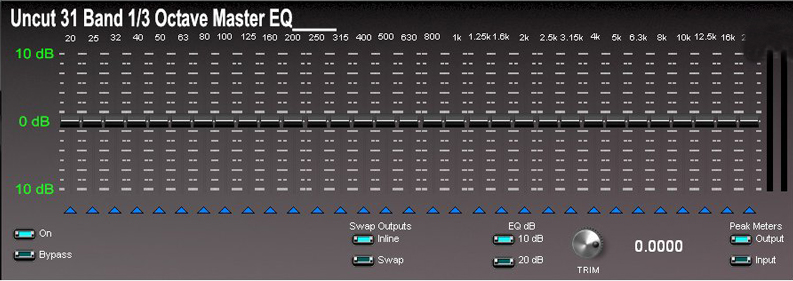As an engineer/producer, one of my biggest early challenges was getting my mixes to sound as polished and balanced as the mixes of songs on my favorite albums.
Living in Nashville, I knew the problem wasn’t the players (some of whom had even played on those same favorite albums). I also knew that I was happy enough with the sounds I was recording because when I’d solo a particular track, I liked what I heard.
The problem, in a nutshell, was getting all the parts of my mix to fit nicely together. What I’ve learned over time and will describe below are a few simple compression and EQ techniques for vocals and the acoustic guitar in your mixes.
These techniques, when used properly, will go a long way towards allowing the vocals and acoustic guitars in your mixes to effectively share the sonic space.
This article is provided by AudioFanzine.
Compression
When I first started reading about compressors I was hopelessly lost. The terminology was technical in an almost mean-spirited way and I couldn’t make heads or tails of what was being written.
To keep things simple, I think of compression as a way of evening out the loud and soft parts of any vocal or instrument so that its behavior is a bit more predictable. In other words, compression brings up the really soft spots and tames the really loud spots so that you’re not constantly reaching for the volume fader on your mixing board (or virtual mixing board on your DAW).
In its simplest form, a compressor, whether a hardware unit or a plugin, will squeeze the audio so that its highs and lows are less pronounced. This allows you to do things like bring down the volume level of the compressed track without fear that its softer parts will get lost, or bring up the volume level without fear that the loud parts will jump out.
It might help to think of all compression settings (attack, release, ratio and threshold) as ways to squeeze your audio more or less aggressively. Not enough compression will leave tracks that jump out of a mix at inappropriate times or get lost in the sound of the other instruments; however, too much compression can make a track sound lifeless or uninspired.
My rule of thumb is to be less aggressive compressing audio on the way into your DAW (because you’re stuck with whatever you do) and more aggressive with my plugin compression (because you can always dial it back).
EQ
While a wonderful (and essential) tool, EQ is also quite possibly the quickest way to royally mess up the sound of a mix. Overuse of EQ ranks second only to overuse of reverb as the hallmark of an inexperienced mix engineer.
EQ should be used to subtly (or not so subtly) color the sound of the particular track you’re working on so that it relates well to and leaves space for the other tracks in a mix. My experience has been that it’s what you pull out and not what you put in that makes EQ work best.
For example, even when you’re looking for a boost in the high frequencies of a track, it’s often more effective to pull a few dB from a lower frequency which, in turn, brightens the sound.




















